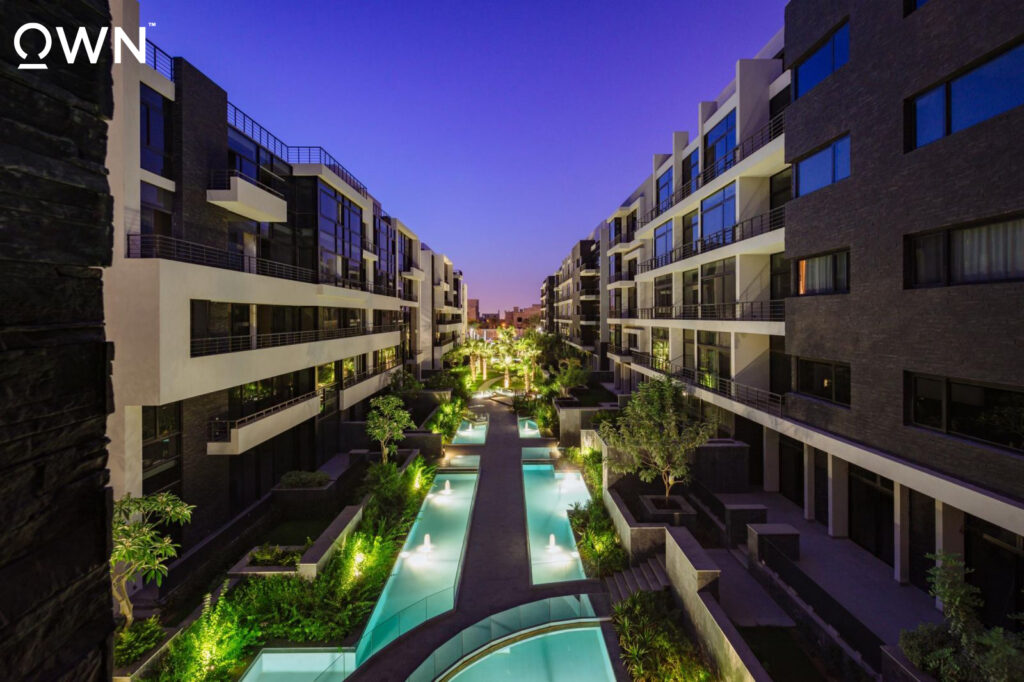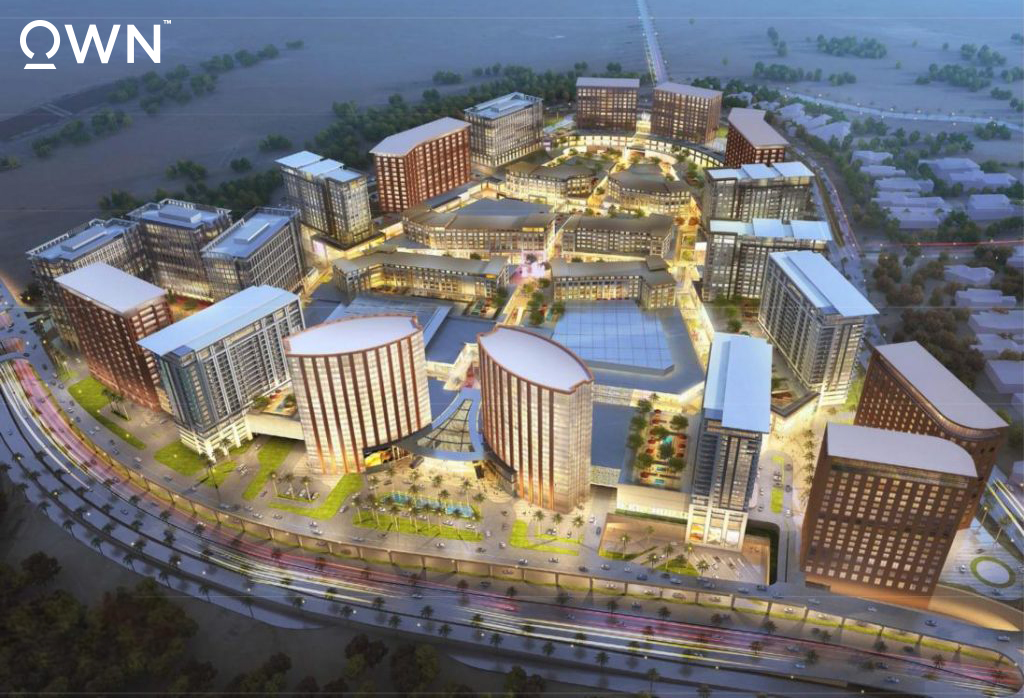Green Buildings The New Standard in Construction
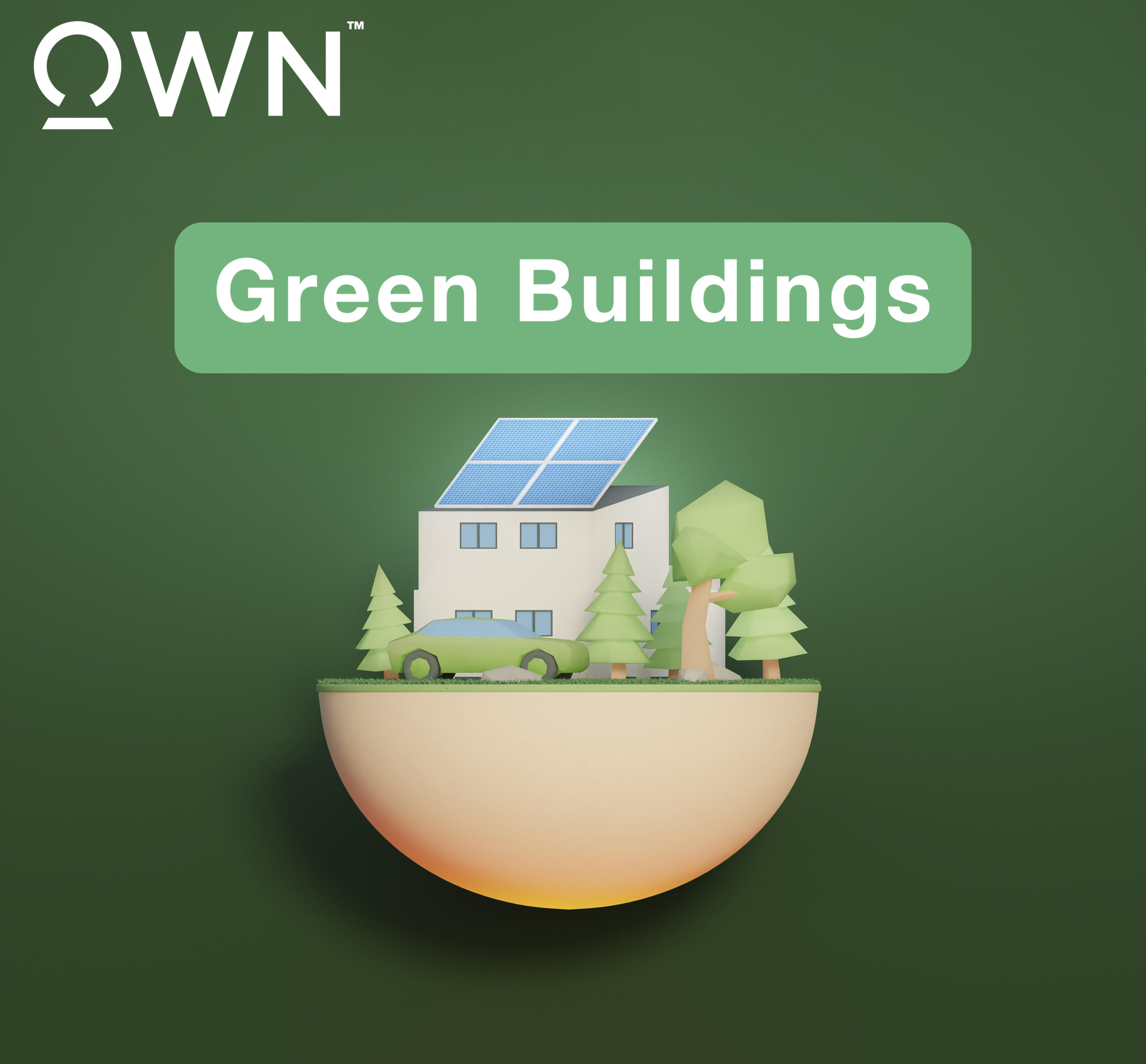
Green Buildings: The New Standard in Construction
In a world that is becoming increasingly aware of the environmental impact of our actions, the construction industry is no exception. The concept of “Green Buildings” is revolutionizing the way we construct our homes, offices, and infrastructure. It’s not just a trend; it’s a paradigm shift towards sustainable, eco-friendly, and energy-efficient construction practices. In this comprehensive guide, we’ll delve into what makes Green Buildings the new standard in construction.
Introduction
The construction industry has long been associated with resource-intensive practices that harm the environment. Green Buildings Sustainable Construction, on the other hand, prioritize sustainability, energy efficiency, and eco-consciousness. This revolution in construction practices has the potential to transform our world for the better.
The Green Buildings Revolution
Green Buildings: A Definition
Green Buildings, often referred to as sustainable or eco-friendly buildings, are designed to minimize their environmental impact. These structures use resources efficiently, generate less waste, and create healthier living and working environments.
Sustainable Construction Materials
One of the cornerstones of Green Buildings is the use of sustainable materials. These materials are responsibly sourced, reducing the strain on our planet’s resources. Examples include reclaimed wood, recycled metal, and low-impact concrete.
Energy Efficiency
Green Buildings incorporate advanced technologies to reduce energy consumption. Features like LED lighting, solar panels, and energy-efficient HVAC systems help minimize the carbon footprint.
Improved Indoor Air Quality
Green Buildings prioritize the well-being of their occupants. They feature ventilation systems that provide fresh air and reduce exposure to pollutants, leading to better indoor air quality.
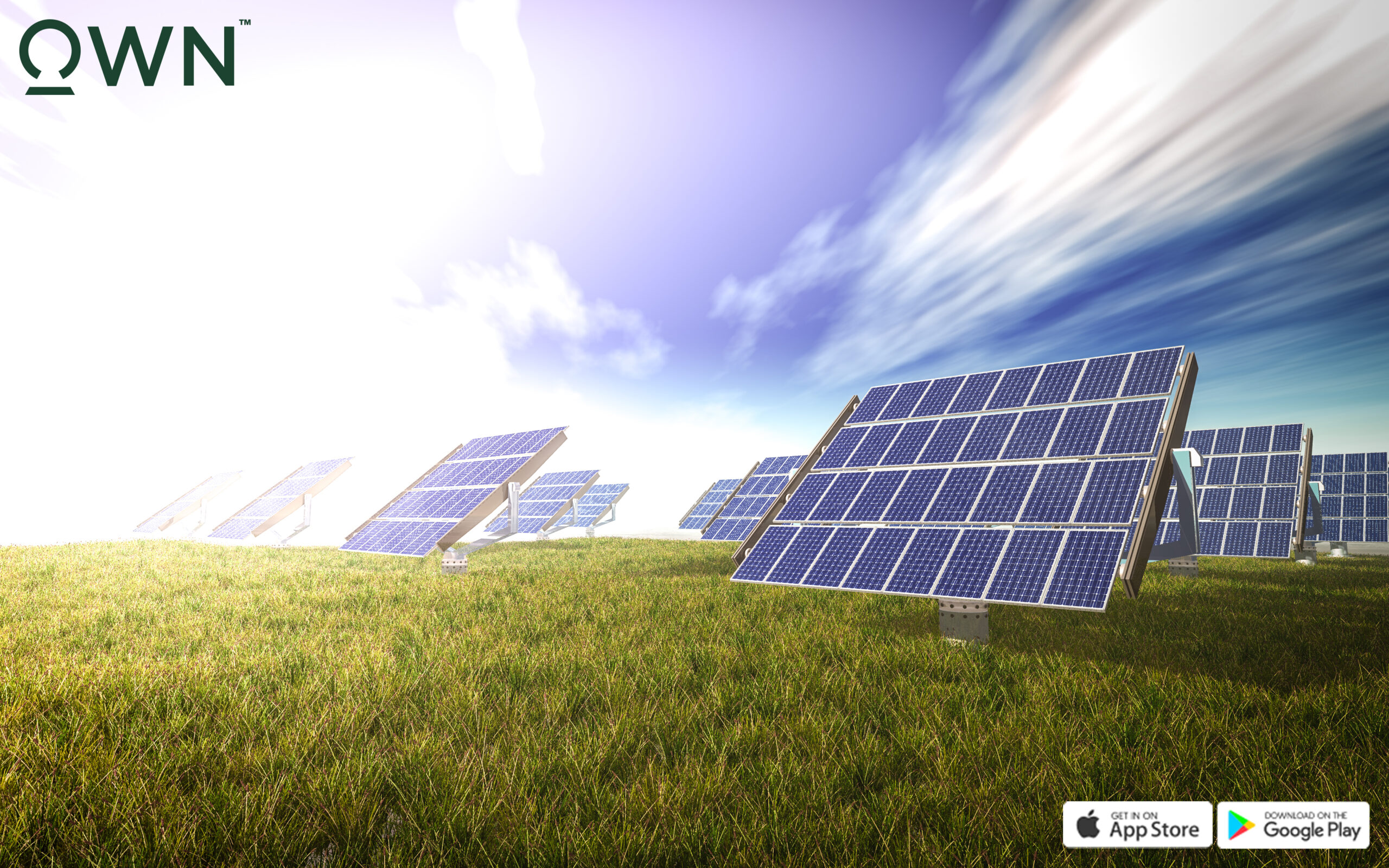
Benefits of Green Buildings
Environmental Benefits
Green Buildings significantly reduce greenhouse gas emissions, energy consumption, and water usage. This results in a lower environmental footprint, contributing to a healthier planet.
Economic Benefits
While initial construction costs may be slightly higher, Green Buildings offer long-term savings through reduced energy bills and lower maintenance costs. Additionally, they often command higher property values.
Health and Well-being
The improved indoor air quality, natural lighting, and access to green spaces in Green Buildings enhance the well-being and productivity of occupants.
Government Incentives
Many governments provide incentives and tax benefits to promote Green Buildings, making them an attractive option for both homeowners and businesses.
Green Buildings: The New Standard in Construction
Green Buildings have gained significant traction worldwide. They are no longer the exception but the rule in the construction industry. As environmental awareness grows, Green Buildings are becoming the new standard in construction.
The Changing Mindset
The shift towards Green Buildings signifies a broader change in the construction industry’s mindset. Sustainability is no longer an option; it’s a necessity.
Meeting Regulatory Standards
Governments and regulatory bodies are enacting stricter environmental regulations, making it imperative for builders to embrace sustainable practices.
Demand from Consumers
Today’s homebuyers and tenants are more environmentally conscious. They prefer Green Buildings that offer lower energy bills and healthier living environments.
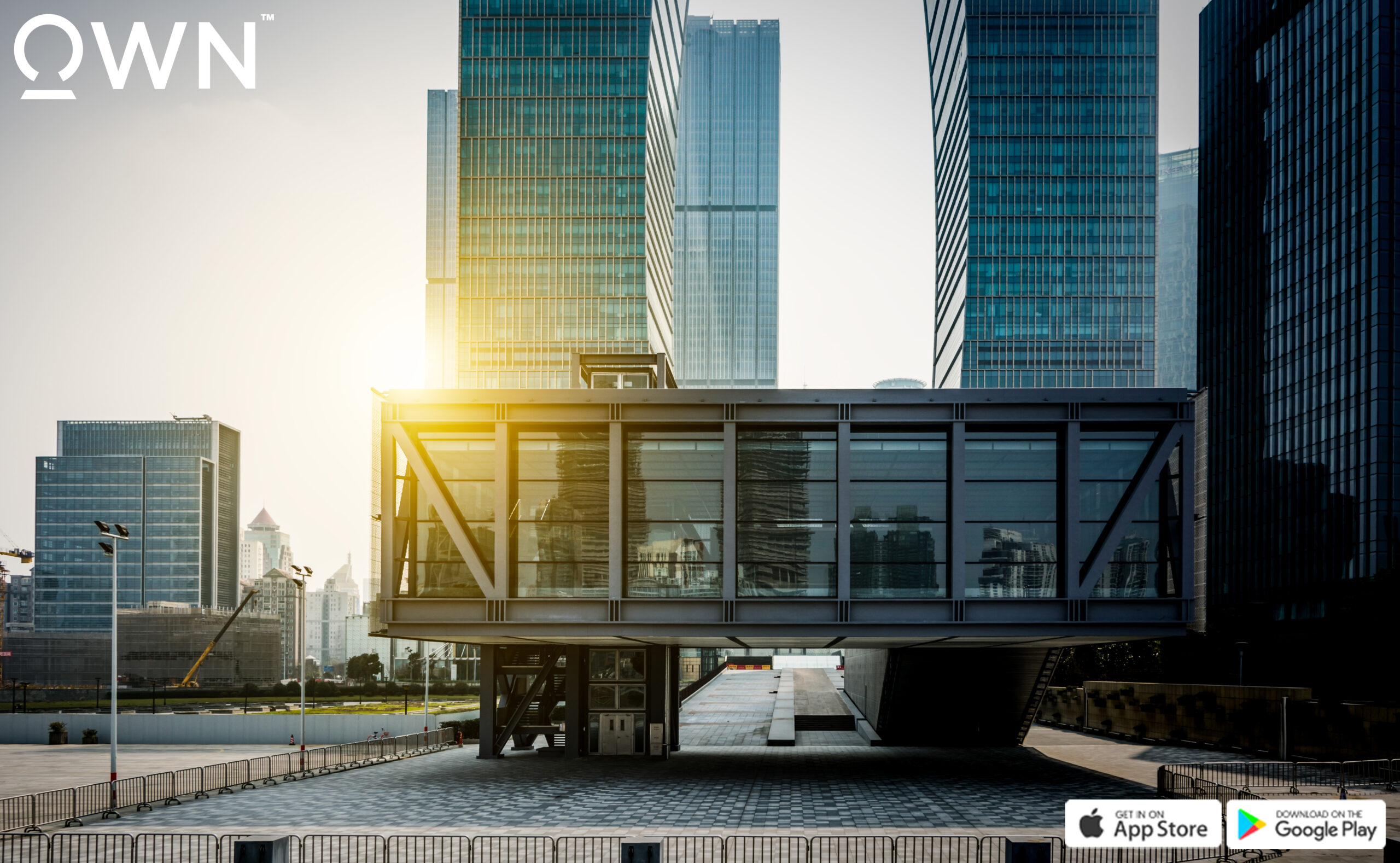
FAQs
What are some key features of Green Buildings?
Green Buildings are characterized by features such as energy-efficient design, sustainable materials, advanced insulation, and efficient use of water resources.
Are Green Buildings more expensive to construct?
While initial construction costs can be slightly higher, the long-term savings in terms of reduced energy bills and maintenance expenses often outweigh the initial investment.
Do Green Buildings always incorporate solar panels?
Not always, but many Green Buildings do include solar panels as a way to harness renewable energy and reduce their reliance on traditional power sources.
Are there any tax incentives for building Green Buildings?
Yes, many governments offer tax incentives, rebates, and grants for those who invest in Green Buildings.
Are Green Buildings limited to residential structures, or can they be applied to commercial buildings as well?
Green Building principles can be applied to both residential and commercial buildings, making them suitable for a wide range of construction projects.
What impact do Green Buildings have on property values?
Green Buildings often have higher property values due to their lower long-term operating costs and the desirability of eco-friendly features.
Conclusion
In an era of environmental awareness and sustainability, Green Buildings represent the future of construction. They are a testament to our commitment to a greener, healthier planet. The shift towards Green Buildings is not just a trend; it’s the new standard in construction. Embracing this change is not only responsible but also economically sound.
